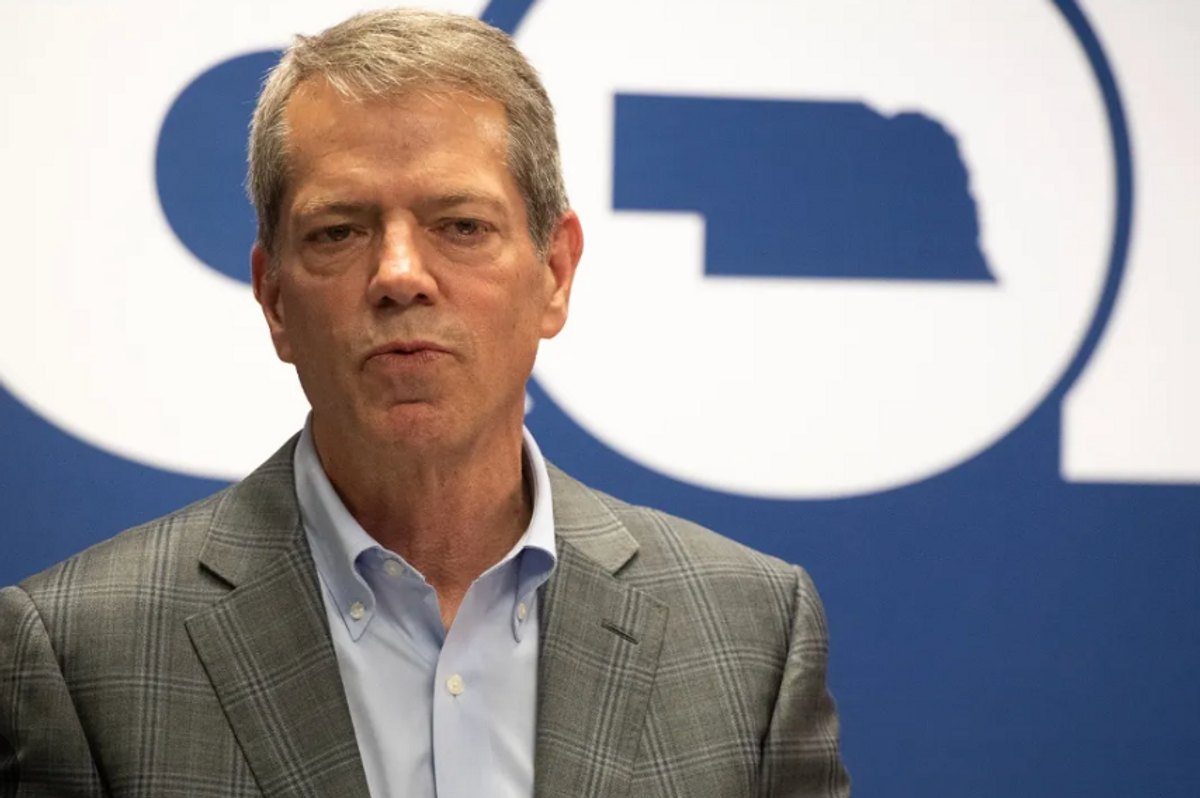
By Joseph O’Sullivan, The Seattle Times
OLYMPIA, Wash. — It’s an unsettling trend: Wildfires are becoming larger and more frequent, and money to prevent and fight them continues to be scarce.
As wildfires blaze across Washington, state and federal officials are running out of firefighting dollars. That doesn’t mean the firefighters will turn around the engines and head home, leaving the people of Okanogan County or the Colville Indian Reservation on their own. Money gets pulled from other places, often fire-prevention budgets, a practice that for years has limited the thinning of forests that could help fires from spreading.
“The enduring problem is the under-appropriation of firefighting funding and the raid on these other accounts,” says Jim Ogsbury, executive director of the Western Governors’ Association.
With climate change making the American West hotter and drier, and continuing budget crunches in the statehouse and Congress, preventing and fighting fires like the Carlton complex in Okanogan County could become more difficult.
As states continue to battle larger and nastier fires, some are beginning to ask: How do we pay to prevent and stop these blazes?
Washington state has already spent $91 million fighting wildfires this summer, according to a request for emergency assistance from Gov. Jay Inslee to the federal government. If approved, federal disaster aid could help people who lost homes and money for damaged roads and debris removal. But it won’t reimburse the state for firefighting costs.
That means that the state’s wildfire-fighting money for the budget year starting in July likely has already run out, according to Mary Verner of the state Department of Natural Resources (DNR).
Money needed to fight wildfires between now and next June comes from state reserves unless or until the Legislature approves extra funding, according to Verner.
The average wildfire season in Washington scorches, on average, 70,000 acres. But this year, from the Wenatchee National Forest to across Okanogan County and as far east as Spokane County, fires have torched more than 350,000 acres.
More than 340 homes have been lost to the Carlton complex wildfire, the largest in state recorded history.
It takes manpower and equipment on a military scale to fight these fires: thousands of foot soldiers, plus commanders, planners, cooks, pilots, and latrine cleaners.
Just getting the heavy equipment going can fill a ledger. It costs $1,876 to deploy and staff a large four-wheel-drive fire engine for a single day shift, according to state cost guidelines. Bulldozers and excavators to help build fire lines can cost up to $3,448 and $2,252, respectively, for a single shift.
Firefighters and crew workers earn between $14 and $18 an hour, depending on experience. A sawyer with a chain saw will cost $862 a day. And none of this counts the money to keep helicopters and tanker planes aloft to fight fire from the sky, or the logistics staff to run the fire camps.
That equipment could get called up more often. A report put out this year by the independent research nonprofit Union of Concerned Scientists called “Playing with Fire” lays out the evidence.
The number of big wildfires on federal lands in the 11 western states rose from about 140 during the 1980s to about 250 in the 2000s — a 79 percent increase.
And since the 1970s, the western wildfire season has expanded across the calendar, from an average of five months in the 1970s to about seven months now.
An increase in temperatures — which are going up more rapidly in the American West than the average around the world — will help fuel larger and more severe fires, according to the report.
As a result, the six worst fire seasons on record since 1960 have happened since 2000, according to report by Headwaters Economics, a research institution that studies land development in the West.
People point to the costs of fighting wildfires, but studies show the damage left by fires is between two to 30 times what it cost to fight them, according to Rachel Cleetus, senior climate economist with the Union of Concerned Scientists. Left behind in the trails of flames, Cleetus says, are property damage, loss of tourism, scarred land prone to flooding, damaged roads, and utility lines, and the health effects of wildfire smoke, which can drift across the wind for hundreds of miles.
Agencies like the U.S. Forest Service and Bureau of Land Management partner up with states to help fight fires. But The Associated Press reported last week that the federal government’s wildfire budget will likely run out by the end of August.
This isn’t the first year fighting such fires have been treated as an afterthought. It has been years since the money budgeted by Congress has fully covered federal firefighting costs.
When that money runs out, those agencies pull funds from their fire-prevention programs that would go toward tree-thinning and forest restoration. When forests and other areas aren’t trimmed, those dead limbs and branches pile up and become fuel for the next fire. This abundance of fire fuel, experts say, stems from a lack of prevention and overly aggressive wildfire control in earlier generations.
“What’s created is this Catch-22,” said Ogsbury. “And as a consequence fires are becoming more catastrophic.”
Photo via WikiCommons
Interested in national news? Sign up for our daily email newsletter!


